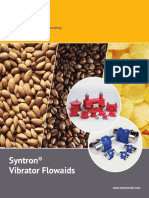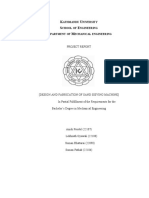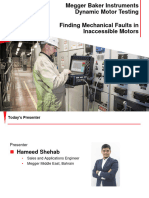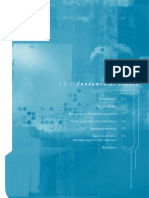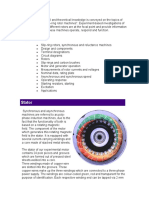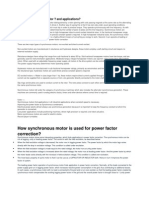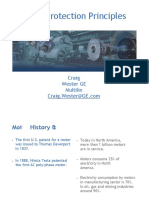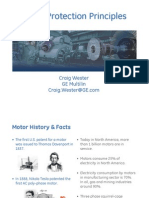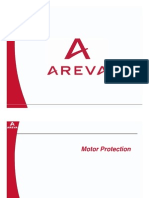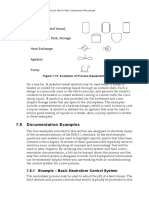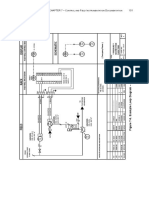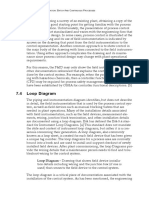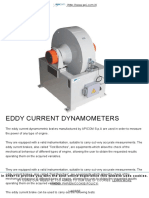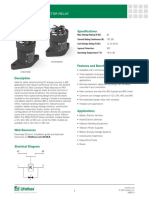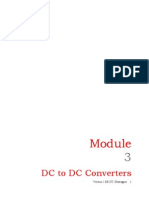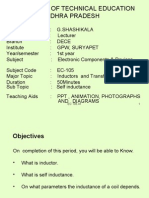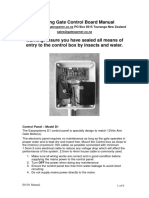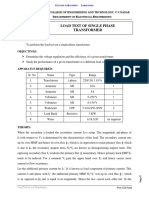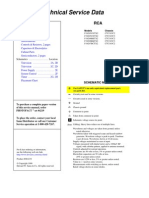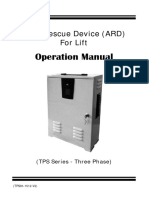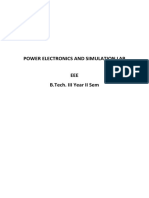100% found this document useful (1 vote)
154 views27 pagesMotor Protection Fundamentals 4
The document discusses motor thermal and electrical protection. It describes various abnormal operating conditions and failure modes that can occur in motors, including overload, high ambient temperatures, power supply issues, and mechanical failures. It then focuses on thermal protection for motors, explaining how thermal models track motor heating and protect against overheating, which can degrade insulation and cause failures. Various thermal limit curves, motor states, thermal overload settings, and the hot to cold stall time ratio used in protection are also covered.
Uploaded by
nmulyonoCopyright
© © All Rights Reserved
We take content rights seriously. If you suspect this is your content, claim it here.
Available Formats
Download as PDF, TXT or read online on Scribd
100% found this document useful (1 vote)
154 views27 pagesMotor Protection Fundamentals 4
The document discusses motor thermal and electrical protection. It describes various abnormal operating conditions and failure modes that can occur in motors, including overload, high ambient temperatures, power supply issues, and mechanical failures. It then focuses on thermal protection for motors, explaining how thermal models track motor heating and protect against overheating, which can degrade insulation and cause failures. Various thermal limit curves, motor states, thermal overload settings, and the hot to cold stall time ratio used in protection are also covered.
Uploaded by
nmulyonoCopyright
© © All Rights Reserved
We take content rights seriously. If you suspect this is your content, claim it here.
Available Formats
Download as PDF, TXT or read online on Scribd
/ 27

